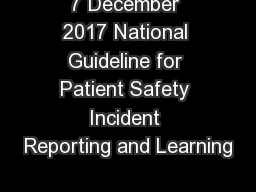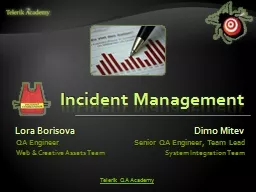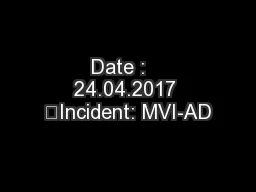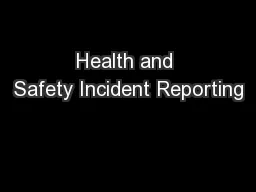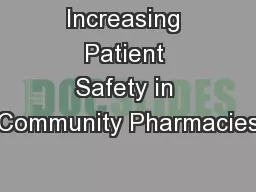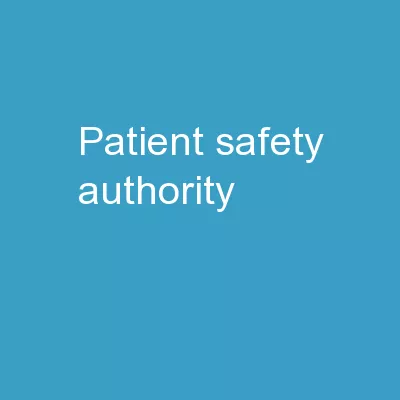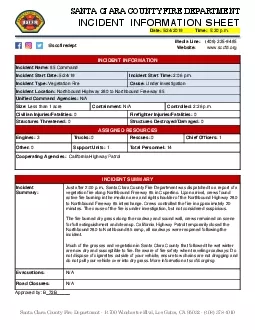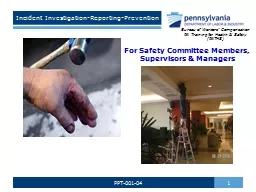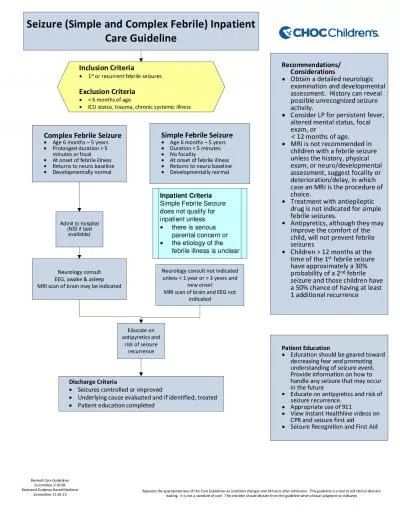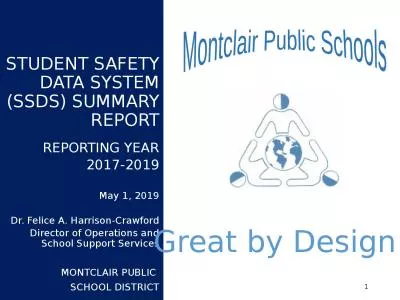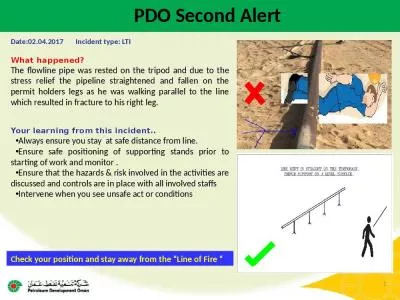PPT-7 December 2017 National Guideline for Patient Safety Incident Reporting and Learning
Author : alexa-scheidler | Published Date : 2018-12-11
Provincial Quality Assurance workshops Quality Assurance COOs Office Ronel Steinh öbel Contents Background Purpose Legal and policy framework Scope Definitions
Presentation Embed Code
Download Presentation
Download Presentation The PPT/PDF document "7 December 2017 National Guideline for P..." is the property of its rightful owner. Permission is granted to download and print the materials on this website for personal, non-commercial use only, and to display it on your personal computer provided you do not modify the materials and that you retain all copyright notices contained in the materials. By downloading content from our website, you accept the terms of this agreement.
7 December 2017 National Guideline for Patient Safety Incident Reporting and Learning: Transcript
Download Rules Of Document
"7 December 2017 National Guideline for Patient Safety Incident Reporting and Learning"The content belongs to its owner. You may download and print it for personal use, without modification, and keep all copyright notices. By downloading, you agree to these terms.
Related Documents

